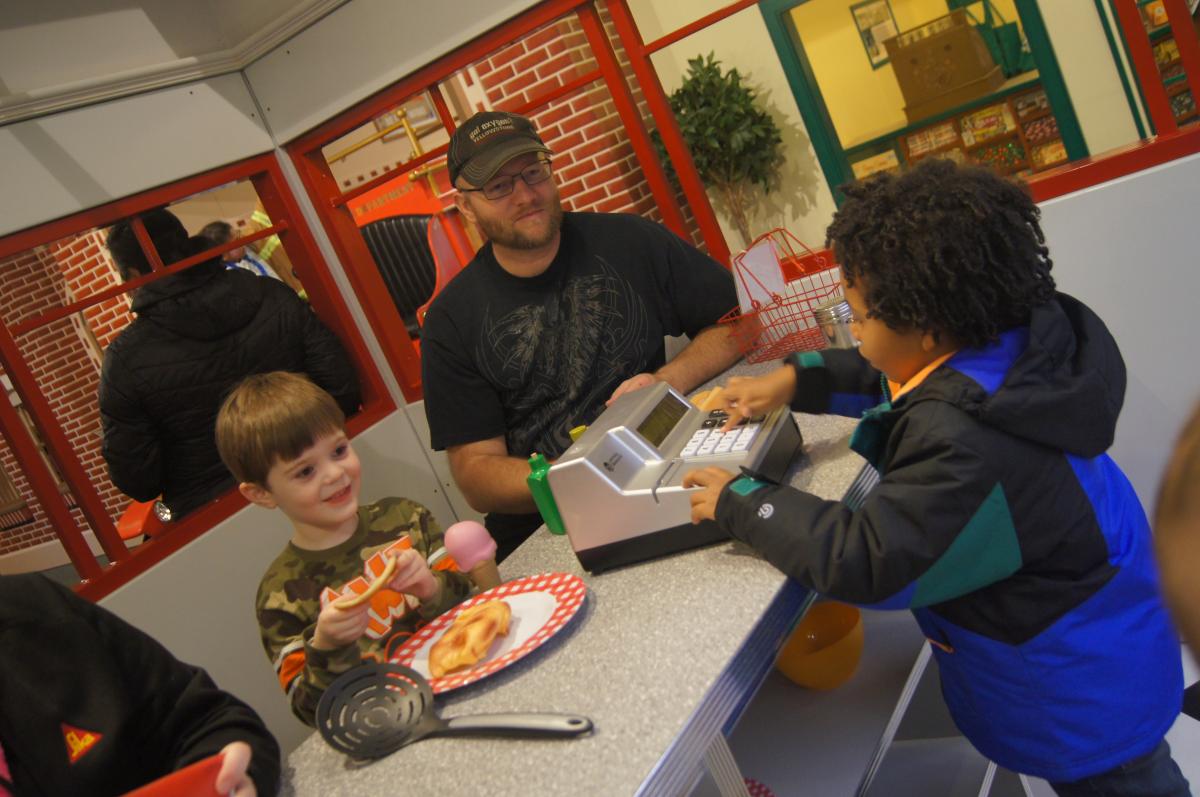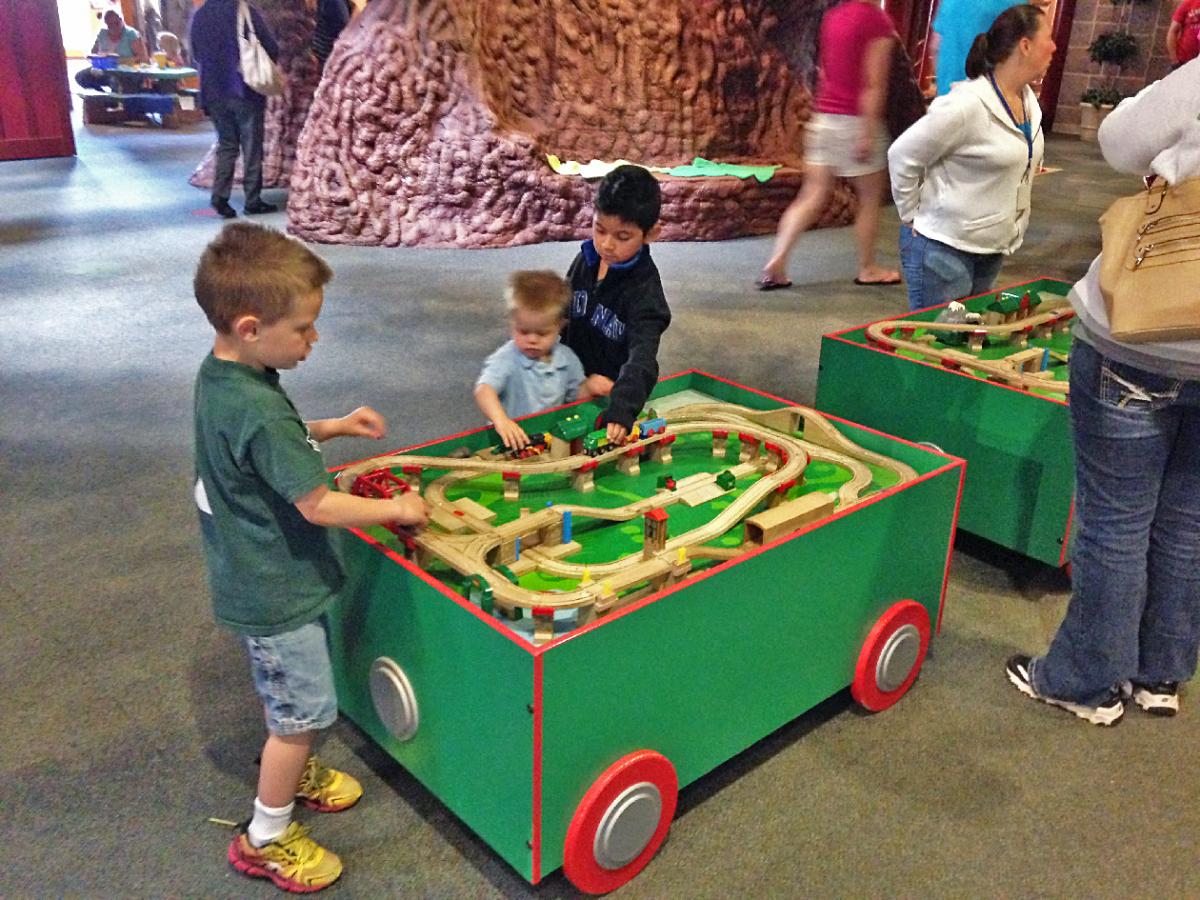
This summer I had the wonderful experience of having two young brothers bring an envelope full of money to me at Treehouse. It was bills and change donated by their friends and family in lieu of presents to the boys on their birthdays. They were genuinely pleased to give up their presents and make the donation to Treehouse because, they said, they loved Treehouse and wanted it to be around for a long time for lots of children.
I was so impressed with sweet Grant and Henry – and with their amazing parents who are so successfully teaching their sons how to give cheerfully to others. Every year the boys, whose birthdays are close together, choose an organization in the community to be the recipient of their “birthday giving.” In this age where happiness is often equated with getting and having more and more, Grant and Henry are learning that giving feels as good, if not better, than getting. They know that their actions and choices are benefiting lots of other children. Their wise parents have made giving generously a habit that the family works on year-round.
Most child development specialists remind parents that example is always the best teacher, so modeling kindness and generosity ought to be the first step for parents to take. Parents can use the terms “contributing” and “generosity” and can compliment children when they do something generous and kind. Parents can let their children see Mom and Dad doing “secret” yard chores for an older neighbor or delivering soup and bread to a sick friend. I remember seeing my own father getting up extra early to shovel all the neighbors’ walks and driveways in the winter “just for the exercise” and mowing lots of lawns while he “had his mower out and going.” The lessons taught by example last a long, long time.
Parents can also plan opportunities to be generous together as a family. When there is a gift to be given, for a birthday, a wedding, or another occasion, parents can talk about why they are giving a gift and they can invite the children to help choose the present, wrap it, and then deliver it.
When children are old enough for allowances, parents can give them three jars: one labeled “Save,” one “Spend,” and one “Give.” The allowance is divided equally between the jars and parents can talk with their children about what they plan to do with the money in each jar. The holidays are a great time to “adopt” a child or family to help anonymously. There are lots of ways to give to children and families locally and even internationally.
Remember, the goal is to make giving a natural part of a child’s life – just as it is for Grant and Henry –and when it is part of daily life children are much more likely to grow into kind, charitable, and giving grownups – the best gift of all from a parent to a child.









































